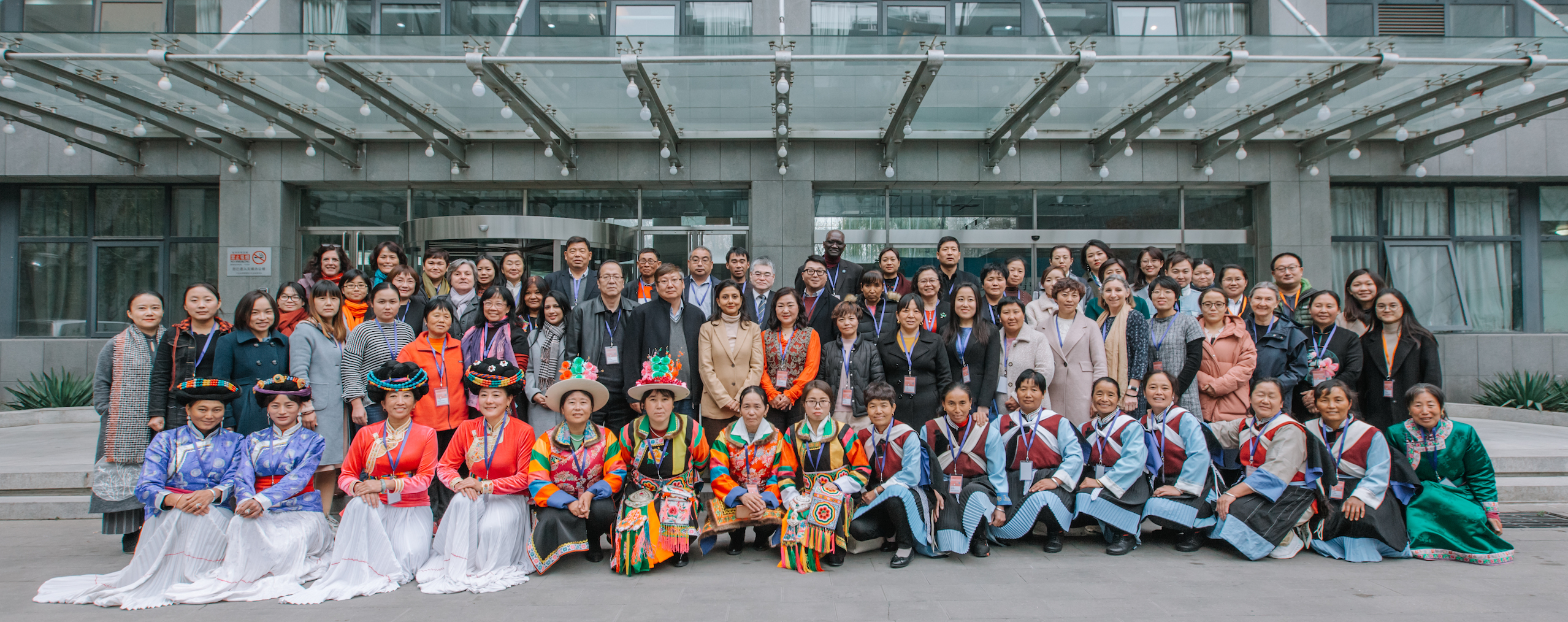Most of the areas along the Silk Road are ecologically fragile and have to solve the ecological and development dilemma. They face long-term poverty and sustainable livelihood risks due to their inadequate ability to defense the survival risks brought by dramatical environmental changes, which brings big challenge to achieve SDGs. There is an urgent need for immediate actions to promote green development to improve livelihood and protect ecological.
To assist environment-economic fragile areas along Silk Road to improve livelihood and protect ecological based on scientific study, knowledge sharing and policy improvement.
To achieve the objectives of the project, the project team conducts multiple activities for scientific study, knowledge sharing and policy improvement in six pilot countries, i.e. China, Nepal and Thailand, Myanmar, Cambodia, and Kyrgyzstan focusing on different vulnerable ecosystems.
The project action compromises five main components:
Component 1: Scientific study on poverty, sustainable livelihoods, and green development in vulnerable areas, including: a) study on the state and determinants of poverty and sustainable livelihoods in vulnerable areas and their coupling with the environment; b) impact evaluation and international comparative of poverty reduction and sustainable livelihoods policies; c) systematic modeling and forecasting of poverty reduction and sustainable livelihoods; d) pilot demonstration of sustainable livelihood and green development.
Outcomes
Component 2: Knowledge sharing on poverty reduction, sustainable livelihood improvement, and green development in vulnerable areas
Outcomes
Component 3: Policy improvement on poverty reduction, sustainable livelihood improvement, and green development in vulnerable areas
Outcomes
The Sustainable Livelihood and Green Development project is a sub-project of Pan Third Pole Environmental Change and Green Silk Road Construction Programme, funded by Chinese Academy of Sciences. The project is implemented through the Institute of Geographic Sciences and Natural Resources Research, Chinese Academy of Sciences (IGSNRR, CAS). The Project Management Unit is hosted by UNEP-IEMP to provide overall project management services, technical support, and foster international linkages for the project.
